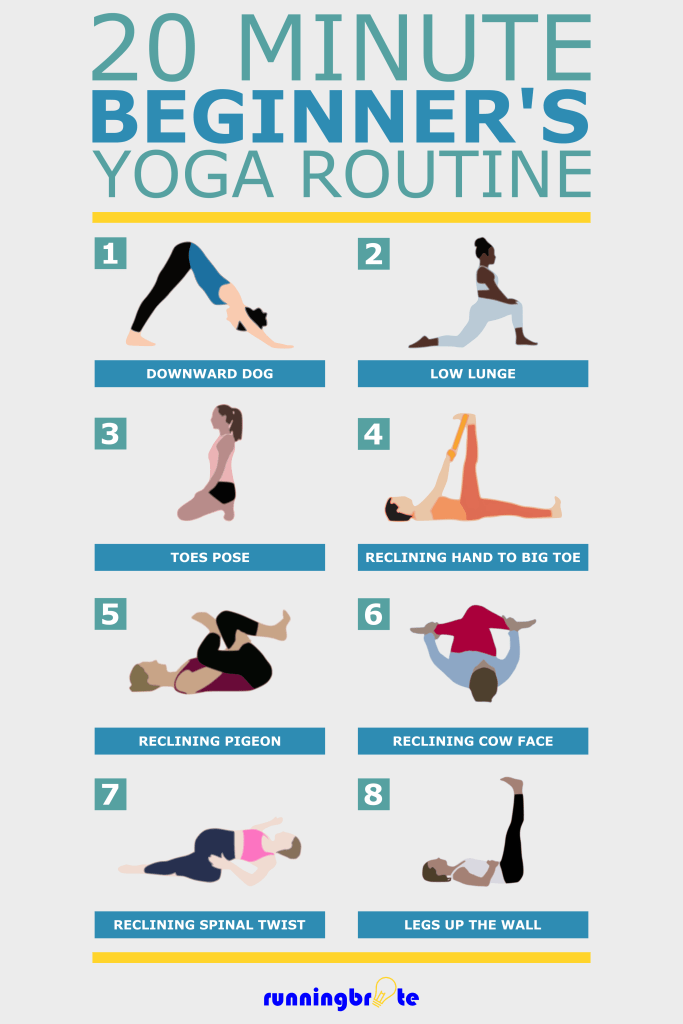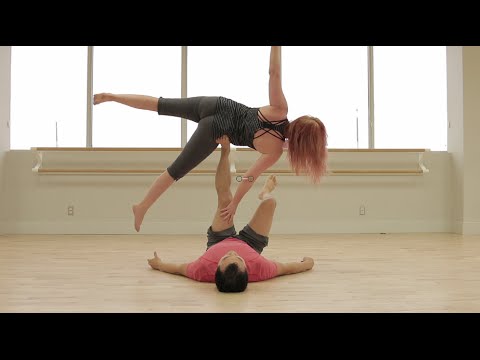
Here are some things to remember when you sign up for your first Yoga class. Be sure to trust your instructor and modify poses as necessary. Be polite and refrain from making rude comments. Be positive and don't let your teacher intimidate you. The physical benefits of yoga go beyond their physical benefits. It is not enough to just take a class once. For true transformation, you need to be committed daily and pay attention to the little things. You can celebrate small victories, but you must strive for consistency.
Trust your teacher
You should have fun in your first yoga class. A beginner shouldn't obsess over a particular pose or cue. Instead, concentrate on the fundamentals such as alignment, breathing, and posture. Your teacher will likely be more concerned with helping you maintain good form than he or she would be with a more experienced student. Do not hesitate to ask your teacher for help and have some fun. It's your first class.

Modify poses as needed
You can make your first yoga class a success by identifying the most difficult poses and adapting them to the needs of the students. You can then build up a collection of asana relationships that you can use to make your classes more enjoyable. Here are some useful tips to help get you started.
Avoid insults
It is not easy to be confident in your first yoga class. Don't insult the person or start a fight with them. Instead, maintain your composure and be confident in dismissing bullies' recurring comments. Everyone has their faults. You can ignore the insulter if he or she continues to target your face.
Savasana: Sit in Savasana
The first yoga class you attend should have the student sit in Savasana before they leave. This position should be completed in five to fifteen seconds. This is a good time to let your mind and body recharge. It is a great way to absorb the benefits of the asana. Before you enter Savasana sit down, take a few minutes to scan your body and note any areas that are tension.

Avoid hurrying to class
To avoid being late for your first class, arrive at least 15 minutes before the start of class. This will allow you to relax, take a break, and get familiar with the class' energy. You will bring your nervous energy onto the yoga mat if you rush to get into your first class. This is especially true for beginners as many students confess to feeling nervous before their first class. Anxiety can be exacerbated by being late.
FAQ
What foods are best to avoid after I do yoga?
Certain foods can reduce your energy. It can also make you feel bloated, or cause stomach cramps. If you feel tired after practice, you may want to eat something light and nourishing.
What does yoga do?
Yoga is based on alignment, breath control, meditation, and stillness principles. It can create a sense of calm and peace within the practitioner when it is done correctly.
Your body should be warmed up before you begin any yoga class. For example, you might do forwarding and backward bends (bending forward), side bends (bending down), twists, or side bends. These moves will loosen your muscles and prepare for deeper poses.
Next is the balance pose known as "standing." Next, stand straight up with your feet and your arms extended. Then, look down towards the ground. Your body should feel rooted and centered.
The final step is deep stretching. To do these poses, lie face-up on a flat surface and lift your legs. Keep your balance and keep you from falling by grasping onto something sturdy. If you don’t own anything to grab, you can place your hands on the ground.
After completing all of these poses, you can move on to a series standing poses. These poses include the warrior pose, mountain pose, downward facing dog and upward facing dog, plank pose, final pose, and plank pose.
It's important that you take your time and breathe slowly when practicing yoga. Deep breathing is good for your lungs and calms the mind. By focusing on your exhales as well as your inhales, you can achieve deep breathing. Make a habit of counting every time that you take a breathe.
You can practice yoga anywhere -- even while cooking! Just follow the exact same steps but place your feet on the ground instead of laying down.
Yoga can be done in 10 minutes a day, if that is all you have. You can still benefit from yoga, regardless of your age.
How long should a session of yoga last?
Yoga sessions generally last 45 minutes to one hour. The type and amount of yoga you do will dictate the length of the session. For strength-building exercises, it would be sufficient to last 45-60 minutes. An hour or more may be necessary if you want to meditate or relax.
The length of the class will vary depending on the type of yoga you take. Some classes are fast-paced while others focus on slow, deep stretching.
Can women do yoga?
Absolutely! Yoga is open to all genders.
Yoga is available in many different styles, for both men as well as women.
Statistics
- According to calorie estimates calculated at Harvard Medical School, the average 125-pound person burns about 120 calories in a half hour of hatha yoga, and a 185-pound person burns about 178 calories in that half hour. (everydayhealth.com)
- The American Psychological Association recently shared that 84% of American adults feel the impact of prolonged stress (5). (healthline.com)
- About one in seven U.S. adults practiced yoga in the past 12 months, according to a 2017 national survey. (nccih.nih.gov)
- A 2020 review of 27 studies (1,805 total participants) of yoga interventions in children or adolescents found reductions in anxiety or depression in 70 percent of the studies, with more promising results for anxiety. (nccih.nih.gov)
- Lock in 25% off your Founding Member rate. (corepoweryoga.com)
External Links
How To
Is yoga a good option for menopause symptoms?
Yoga, an ancient form of meditation, focuses on breathing, stretching, and meditation. It originated in India. It has been practiced for thousands of years as a way to stay fit. Recently, it has become increasingly popular as people seek alternative ways to keep healthy and active during periods of stress and illness.
Yoga is about using physical positions (asanas), to strengthen muscles, improve posture, and increase flexibility. This can help relieve tension, increase strength, and endurance.
There are also many different types of yoga, including Ashtanga, Hatha, Vinyasa flow, Bikram, etc. Each type of yoga focuses on a specific aspect of the body such as breathing, stretching and relaxation.
All forms and types of yoga seek to attain balance within the body, mind and spirit. Yoga has many benefits, including improved fitness, weight loss, improved sleep quality, energy levels, and reduced stress.
Many studies have shown yoga to be effective in treating anxiety, depression and insomnia. It isn't clear if yoga can be used to treat other health issues, such as symptoms related to menopause.
As well as helping you feel healthier and happier, yoga teaches you how to relax and manage stressful situations - skills that could be helpful when dealing with menopause.
It is important for you to know that yoga can cause muscle soreness. Your doctor should be consulted if you have questions or concerns about your health.